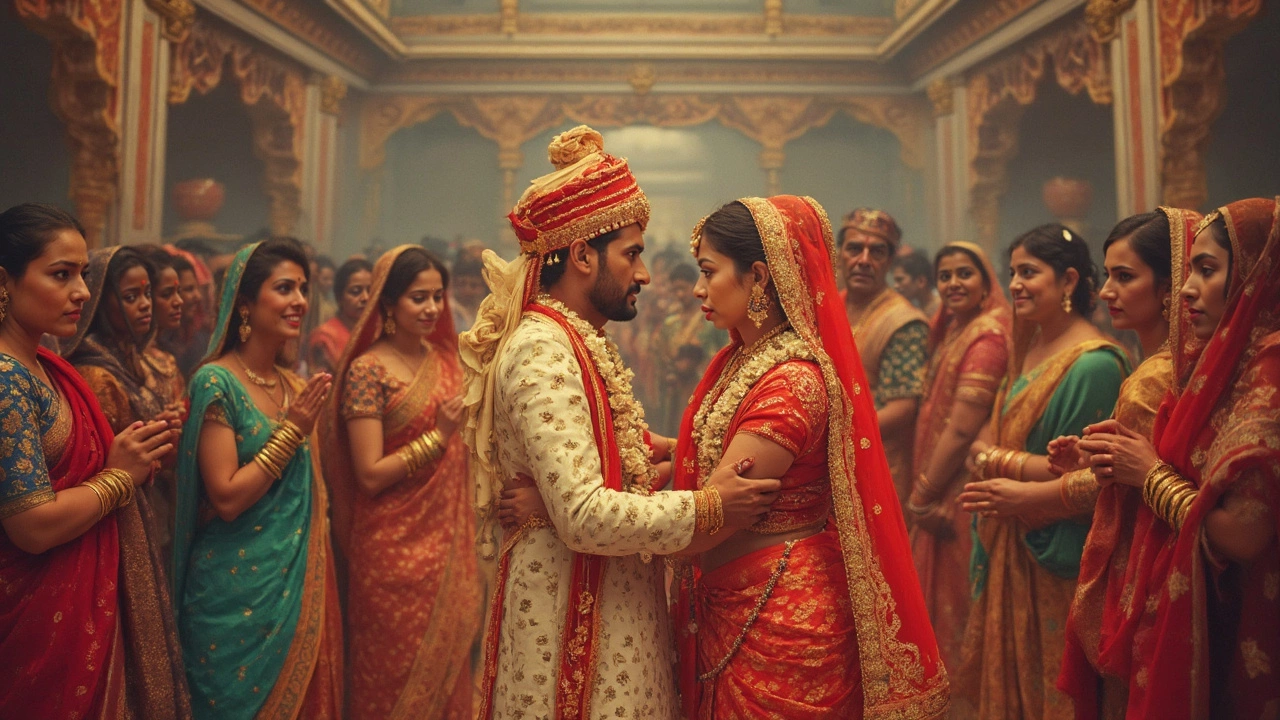Invalid Marriage in India: Causes, Facts & Legal Steps
If you hear the term “invalid marriage,” you might wonder if the marriage can be erased like it never happened. In India, a marriage can be declared void or voidable when it breaks certain legal rules. Knowing the difference helps you decide what action to take and protects your rights.
First, a void marriage is illegal from the start. It has no legal effect at all, meaning the court treats it as if it never existed. A voidable marriage, on the other hand, is valid until a court decides to cancel it. The key is that a void marriage doesn’t need a court order to be considered null – the law already says it’s invalid.
Common Grounds for Declaring a Marriage Void
Indian law lists several situations where a marriage is automatically void:
- Bigamy: Either spouse is already married to someone else.
- Prohibited relationship: The couple belongs to a prohibited degree of kinship, like siblings or a parent‑child link.
- Underage marriage: One partner is below 18 for women or 21 for men, and the marriage happened without the required legal consent.
- Lack of consent: If a person was forced or tricked into marrying, the marriage can be void, especially when the consent was obtained under duress.
- Improper ceremony: The marriage didn’t follow the legal ceremony rules – for example, no registration or the prescribed rites were missing.
When any of these apply, you can approach the family court and ask for a declaration of nullity. The court will look at the evidence and, if satisfied, will issue an order stating the marriage is void.
How to File for Nullity of an Invalid Marriage
Here’s a simple roadmap if you think your marriage is invalid:
- Collect evidence: Gather wedding certificates, age proof, any police reports (if forced), and witness statements.
- Consult a lawyer: A family law expert knows the exact documents the court requires and can draft the petition.
- File a petition: Submit the petition in the family court having jurisdiction over where the marriage took place.
- Attend hearings: Both parties will be asked to appear. The court may ask for additional proof or ask questions.
- Get the decree: If the court is convinced, it issues a decree of nullity. The marriage is now legally erased.
Remember, a nullity decree doesn’t automatically resolve property or maintenance issues. Those are separate matters the court can address in the same or a later proceeding.
What about children? Indian law protects the rights of children born in a void marriage. They are considered legitimate, and the parents must provide maintenance and support, regardless of the marriage’s status.
If you’re dealing with a voidable marriage, you have a limited time (usually two years) to file for annulment. After that period, the marriage becomes permanent unless you can prove fraud or coercion.
Bottom line: an invalid marriage is a serious legal matter, but the process is straightforward when you know the steps. Gather proof, seek a good lawyer, and file the petition. A court order can clear the legal hurdles and let you move forward with confidence.
Need help? Contact a family law specialist to discuss your situation and get the right paperwork started. Acting early saves time, money, and a lot of stress.

What Makes Marriage Invalid in India?
Marriage in India has cultural and legal layers that make it fascinating. Yet, not all marriages are recognized as valid under Indian law. Understanding what can make a marriage invalid is crucial. From legal age restrictions to mental capacity, the grounds for invalidity are specific and regulated by distinct laws. This article delves into these aspects, outlining key factors that determine the validity of a marriage in India.